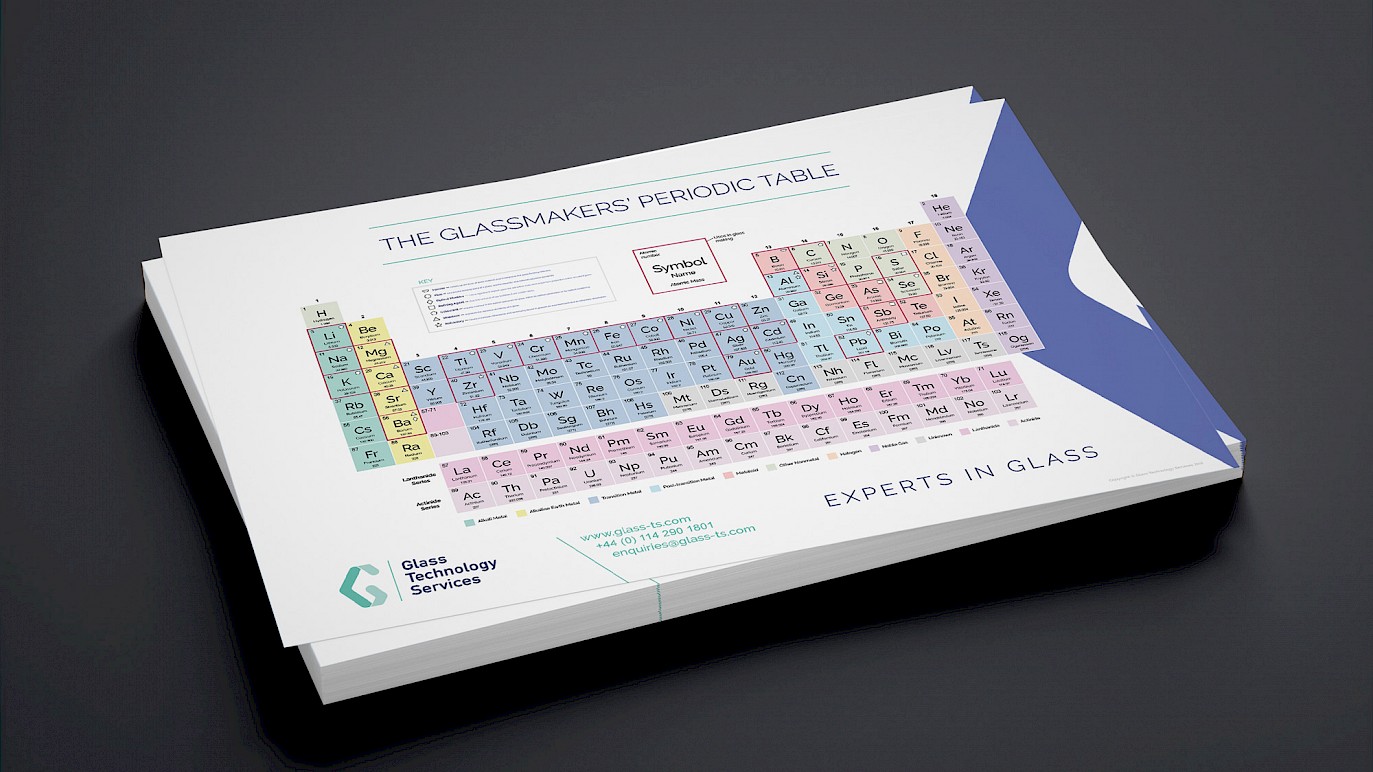Glass making is a high-temperature, energy-intensive process and manufacturers are well aware that over 70% of the energy they use in the furnace is in melting the glass.
As a result, the glass industry has long been cognisant of the benefits of using recycled glass in its processes, i.e. that it is easier to melt than virgin raw materials thus significantly reducing the fuel consumption and Carbon Dioxide emissions, and that each tonne of glass returned also reduces demand on raw materials by 1.2 tonnes.
However, to maximise this potential requires furnace operators to be able to optimise fuel consumption when melting loads containing higher and possibly changing levels of recycled glass.
Glass Technology Services, with funding and support from The Carbon Trust and glass container manufacturers, was able to produce a mathematical model able to predict furnace energy consumption, taking into account furnace ageing, moisture levels and any combination of production level and cullet ratio. The model can also be used as a forecasting tool able to predict furnace energy demand under a number of operating scenarios.
